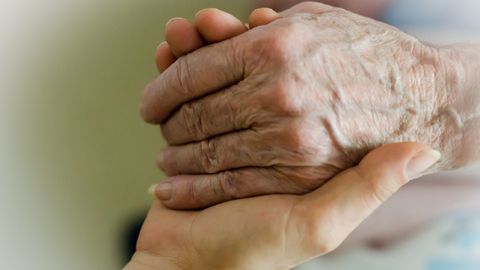Coresidence patterns among the elderly relevant in determining Covid-19 vulnerability

Researchers at the UAB's CED have analysed census data from 81 countries to estimate how households transmit Covid-19 and its effects on mortality. The study was recently published in PNAS and shows that coresidence patterns among the elderly worldwide determine the degree of vulnerability to the virus.
26/06/2020
Self isolation does not work as well in countries in which the elderly live in the same house with younger people than in countries in which they live alone or with a partner
A group of researchers from the UAB Centre for Demographic Studies (CED) formed by Albert Esteve, Iñaki Permanyer and Diederik Boertien, as well as James W.Vaupel from the University of Southern Denmark, have analysed census data from 81 countries to estimate how households transmit Covid-19 and its effects on mortality. In ordeer to obtain comparable results, the study took on the same proportion of infected people in each of the countries. The study was published this week in the prestigious journal Proceeeding of the National Academy of Sciences.
With the knowledge of the virus' mortality among older people, the study demonstrates that the coresidence patterns of the elderly are determinant in estimating their degree of vulnerability. Confining the elderly to their homes in countries in which the majority live alone or with people of their same age can be an effective strategy. In contrast, this same strategy is much less effective in countries in which older generations live with younger members of their family.
Coresidence patterns in Africa and parts of Asia increase the vulnerability of this part of the population to Covid-19 transmissions occurring within the household. Southern European countries, with older populations and relatively higher levels of intergenerational coresidence, are also highly vulnerable to Covid-19 outbreaks.
With regard to future stratergies, researchers have analysed to what extent avoiding primary infections among specific age groups would avoid further deaths caused by virus transmissions within the household. Preventing primary infections among the elderly is most effective in countries with smaller households and less intergenerational coresidence, such as France; while self isolating younger age groups may have a greater effect in countries with larger, intergenerational households, such as Bangladesh.
ARTICLE can be found at the Proceeeding of the National Academy of Sciences.